Enjoy!
smoking furnace (after pennies)
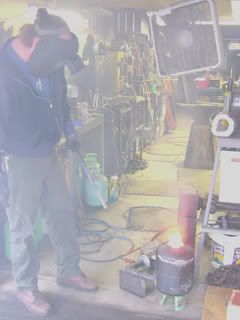
crucible in the furnace
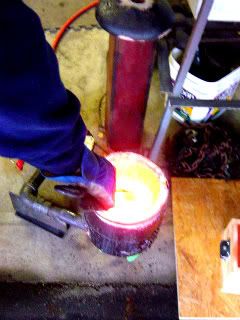
the pour
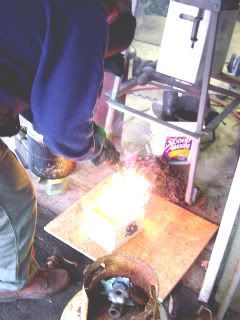
the mold being a little on fire, oops...

the piece after we finished
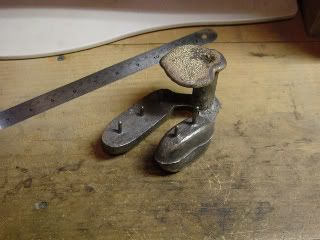
same thing from the bottom
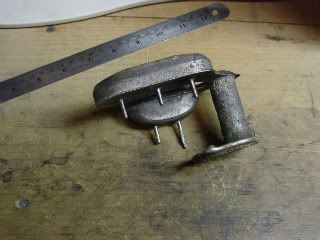
We'll put up more pictures when the sword is finished.






 So if you were wondering why we hadn't updated lately, this is more or less why. First, we've got the Japanese blades that are heat treated and have the clay scrubbed off, but not polished. second, we have the japanese blades at various stages of being polished, but still need to be finished or have the fittings attached. There are more, but I didn't have the memory in the camera to take pictures of all of them. These are all custom orders, we're not just making them to make them. I've also included a close up of one of the newer blades that we're still polishing. Its only at 600 grit oilstone right now (so polishing is about a third done) and the new quenching process combined with the new clay we're using, the hamon really pops out, even before the polish is complete. We're really happy about that. This isn't one of those 1050 katanas, either. this is a 1086 M blade, so the hamon being that pronounced is just gorgeous, getting something that high carbon to show that much contrast is incredibly difficult.
So if you were wondering why we hadn't updated lately, this is more or less why. First, we've got the Japanese blades that are heat treated and have the clay scrubbed off, but not polished. second, we have the japanese blades at various stages of being polished, but still need to be finished or have the fittings attached. There are more, but I didn't have the memory in the camera to take pictures of all of them. These are all custom orders, we're not just making them to make them. I've also included a close up of one of the newer blades that we're still polishing. Its only at 600 grit oilstone right now (so polishing is about a third done) and the new quenching process combined with the new clay we're using, the hamon really pops out, even before the polish is complete. We're really happy about that. This isn't one of those 1050 katanas, either. this is a 1086 M blade, so the hamon being that pronounced is just gorgeous, getting something that high carbon to show that much contrast is incredibly difficult.










